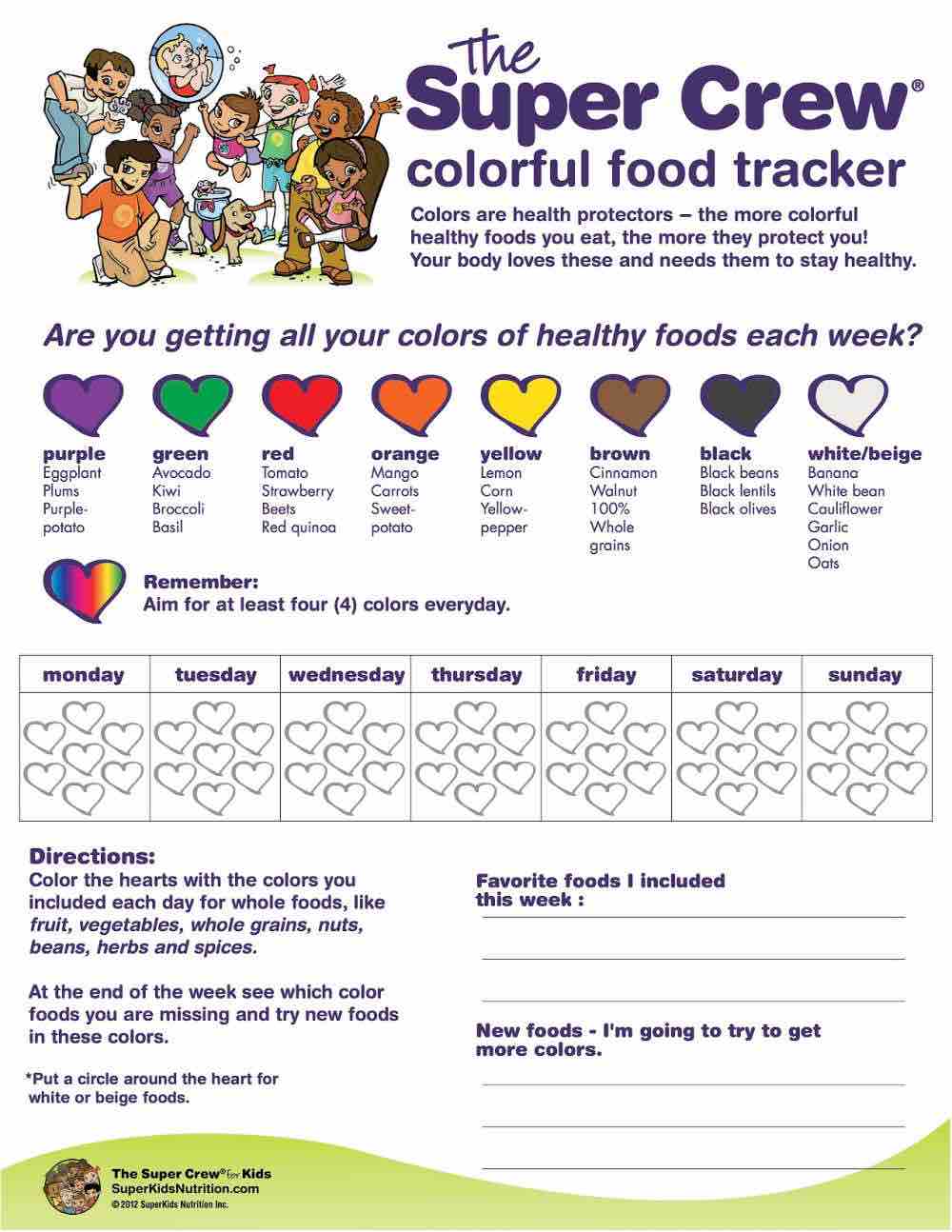
Students in middle school should be exposed to a nutrition program. These materials aim at teaching healthy eating habits. The Nutrition Facts label serves as the basis for the nutrition curriculum. This curriculum includes hands-on activities and fun lessons that introduce nutrition concepts such calories, serving sizes, nutrients, and more. This curriculum is designed for teachers at all grades and encourages inquiry-based learning. It conforms to education standards. It is vital for parents that their middle school nutrition curriculum meets their child's specific needs and interests.
This middle school nutrition curriculum aims to educate students about healthy eating habits. Many of the resources are packaged and are easily adaptable to suit the needs of elementary schools. Some resources are freely available on the Internet, and may be used for free in the classroom. These resources are not accessible directly from WeTeachNYC. Instead, they link directly to another website. While some of these resources can be adapted for use in a middle school setting, others are best suited for more specific circumstances.

Despite the lackluster scientific evidence, most school nutrition interventions provide professional learning for teachers. While attendance is generally high, implementation rates can vary greatly from 30% up to 90%. According to one study, teachers who are more enthusiastic were more likely to implement the behaviorally-based nutrition curriculum. These researchers suggested that this may be responsible for the results not being statistically significant. Therefore, it is important to make sure that middle school nutrition curriculums meet the needs of students.
Healthy middle school curriculums will include special events such as health fairs, assemblies and guest speakers to help teach nutrition. According to a recent survey, almost three-quarters said that these activities are part of their middle school nutrition education. Sixty-seven per cent of schools hosted a health fair while fifty-three percent had an assembly. Teachers who wish to reach diverse audiences can use this resource.
A healthy diet should be the basis of the curriculum. The nutrition curriculum should also be integrated with other academic subjects. A student's daily routine and food habits are important for the school. It should be included in the curriculum. This is the first three years at middle school. It should be integrated into the school's everyday life. Incorporate nutrition education into middle school life. It is an important part of the health, wellness and education.

The implementation of a middle school nutrition curriculum is a challenging task. It can be difficult and time-consuming to ensure that every student is learning the correct information. Public schools usually do not have a central coordinator to teach nutrition. Rather, teachers are responsible for implementing their own lessons. It is up to the teachers to know the differences between a good and bad nutrition lesson. They should be aware of the importance and ways to incorporate different foods into their meals.
FAQ
What's the difference between a virus & a bacterium?
A virus is a microscopic organism that cannot reproduce outside its host cell. A bacterium is a single-celled organism that reproduces by splitting itself in two. Viruses can be as small as 20 nanometers, while bacteria can grow up to 1 micron.
Viruses are often spread through contact of infected bodily fluids like saliva, urine or semen. Bacteria are often spread via direct contact with contaminated surfaces or objects.
Viruses may enter the body through cuts, scrapes. bites, or any other break in the skin. They can also enter the body through the mouth, nose, eyes and ears, vaginal, rectum or anus.
Bacteria can enter our bodies through wounds, cuts, scrapes, burns, insect stings, or other breaks in our skin. They may also be introduced into our bodies through food and water as well as soil, dirt, dust, and animals.
Both bacteria and viruses can cause illness. But viruses do not have the ability to multiply within their hosts. Viral infections can only cause diseases in living cells.
Bacteria can multiply within their hosts and cause illness. They can also invade other parts of your body. That's why we need antibiotics to kill them.
Get immune enhancement with herbs and supplements
Herbs and natural remedies can be used to boost immune function. There are many natural remedies that can boost immunity, including echinacea (oregano), ginger, ginkgo biloba and vitamin C.
However, these herbal remedies should not replace conventional medical treatment. Side effects can include nausea, dizziness, stomach cramps and dizziness.
How do I get enough vitamins?
Your diet can provide most of your daily requirements. Supplements can be helpful if you are lacking in any one vitamin. You can purchase a multivitamin that includes all of the vitamins you need. You can also get individual vitamins from your local pharmacy.
Talk to your doctor if you have concerns about your nutritional intake. You can find vitamins K and E in dark green leafy vegetable such as spinach, kale and turnip leaves, as well a variety of sweet potatoes and sweet potatoes.
Ask your doctor to help you determine the right amount of vitamin. Based on your medical history and your current health, your doctor can recommend the correct dosage.
What can you do if your immune system is weak?
There are trillions upon trillions on cells in the human body. Each cell works together to create organs and tissues that fulfill specific functions. If one cell dies, a new cell takes its place. Cells communicate with one another using chemical signals called hormonal hormones. All bodily processes are controlled by hormones, including metabolism and immunity.
Hormones are chemical substances that glands secrete throughout the body. They travel through bloodstreams and act as messengers that control the function of our bodies. Some hormones are produced internally while others are made outside of the body.
When a hormone-producing gland releases their contents into the bloodstream, hormone production begins. Once hormones have been released, they travel through the body until reaching their target organ. Some hormones are only active for a brief time. Other hormones can remain active longer, and they continue to affect the body's functionality even after leaving the bloodstream.
Some hormones may be produced in large numbers. Others are made in small quantities.
Some hormones only are produced during certain periods of life. The production of estrogen can occur during puberty and pregnancy, as well as menopause and old age. Estrogen aids women in developing breasts, maintaining bone density and preventing osteoporosis. It also promotes hair growth and keeps skin smooth and soft.
What does it take to make an antibiotic work?
Antibiotics can be used to kill bacteria. To treat bacterial infections, antibiotics are used. There are many kinds of antibiotics. Some are taken orally, some are injected, and others are applied topically.
Antibiotics are often prescribed to people who have been exposed to certain germs. An oral antibiotic might be prescribed to someone who has been exposed to chicken pox. This will prevent the spread of shingles. An injection of penicillin may be necessary to prevent pneumonia if someone has strep.
If antibiotics are to be administered to children, they must be prescribed by a doctor. Children are more likely to experience side effects than adults from antibiotics.
Diarrhea is the most common side effect from antibiotics. Other side effects that could occur include nausea, vomiting and dizziness. Most of these symptoms disappear after the treatment is completed.
Statistics
- The Dietary Guidelines for Americans recommend keeping added sugar intake below 10% of your daily calorie intake, while the World Health Organization recommends slashing added sugars to 5% or less of your daily calories for optimal health (59Trusted (healthline.com)
- According to the 2020 Dietary Guidelines for Americans, a balanced diet high in fruits and vegetables, lean protein, low-fat dairy and whole grains is needed for optimal energy. (mayoclinichealthsystem.org)
- nutrients.[17]X Research sourceWhole grains to try include: 100% whole wheat pasta and bread, brown rice, whole grain oats, farro, millet, quinoa, and barley. (wikihow.com)
- WHO recommends consuming less than 5% of total energy intake for additional health benefits. (who.int)
External Links
How To
Ten tips for a healthy lifestyle
How to maintain a healthy lifestyle
We live in a fast-paced world that makes it difficult to get enough sleep, consume too much alcohol, smoke cigarettes, and eat too much. We don't pay enough attention to our bodies' health.
When you work full time and have to balance your exercise and diet, it can be very difficult to create a healthy lifestyle. It becomes even harder if you are stressed out because your mind tells us that we cannot handle this situation anymore so we start feeling guilty and give up.
It is possible that your body is experiencing problems. Ask your doctor for his/her opinion about your current situation. If there are no signs of something abnormal, stress from your job could be the cause.
People believe they are lucky because they can go to the gym every day or have friends who keep them fit. These people are truly lucky. These people don't have any difficulties. They have everything under control. I wish everyone could be one of them. Unfortunately, many of us don’t know how to manage our personal and work lives. Many people develop bad habits that eventually lead to disease such as diabetes, heart disease, and cancer.
Here are some tips to help improve your lifestyle.
-
Get adequate sleep - 7 hours a day minimum, 8 hours maximum. It includes sleeping in the correct positions and avoiding caffeine before bed. Caffeine blocks melatonin hormones, making it difficult to fall asleep. Also, make sure that your bedroom is clean and dark. Consider using blackout curtains, especially if working late at night.
-
Take a balanced breakfast. Try to avoid sugar products, fried foods, processed food and white breads. Lunch should include fruits, vegetables, and whole grains. It is recommended that afternoon snacks be high in fiber and protein, such as nuts and seeds, beans, fish, and dairy products. Avoid sugary snacks like cookies, chips, chocolates, and cakes.
-
Get enough water. The majority of people don’t drink enough water. Water helps us to burn more calories, keeps our skin looking young and supple, flushes toxins from our system and improves digestion. You can lose weight by drinking six glasses of water per day. You can determine how hydrated you are by examining the color of your urine. Dehydrated is yellow, orange dehydrated slightly; normal pink urine; overhydrated red urine; and clear urine indicates highly-hydrated.
-
Exercise - Regular physical activity has been proven to increase energy levels and reduce depression. Walking is a good way to get fit and improve your mood. Walking may appear easy but requires concentration and effort. Walking requires your brain to be focused on the task at hand, and you need to breathe slowly and deeply. A 30 minute walk at a moderate pace for about 100 calories can burn between 100-150 calories. Slowly build up and start slow. Do not forget to stretch after exercising to prevent injuries.
-
Positive thinking is vital for mental health. When we think positively, we create a happy environment inside ourselves. Negative thoughts can cause anxiety and drain our energy. Keep your motivation high by focusing on the things you want to do. If you feel overwhelmed by all these new tasks, break down each task into small steps. You will fail occasionally, but you can always get up and try again.
-
Learn to say No. We are often so busy that our attention is not focused on the important things we are doing. It is important to learn to say No when you need to. Saying 'no' does not mean being rude. You are simply saying "no" to something. There will always be another way to finish the job. Set boundaries. Ask someone else to help you out. You can also delegate this task to another person.
-
Take care of you body. Eat healthier foods to boost metabolism and shed extra weight. You should avoid eating too many oily and heavy foods, as they tend to increase cholesterol. Three meals and two snacks are a good rule of thumb. Aim to consume 2000-2500 calories each day.
-
Meditate - Meditation can reduce stress and anxiety. Your mind will relax when you sit still and close your eyes. This will help you make better decisions. Regular meditation practice will make you happier and calmer.
-
Do not skip breakfast. Breakfast is the most important meal of each day. Skipping breakfast can lead to eating too much lunch. It's never too late for a healthy breakfast, as long as it is eaten within an hour of your waking hours. A healthy breakfast can boost your energy levels and help you control your hunger.
-
Make sure you eat clean food. Food has a greater impact on your mood than you realize. Avoid junk food, artificial ingredients and foods that are high in preservatives. These foods can make your body more acidic and cause cravings. The vitamins and minerals in fruits and veggies are good for your overall health.